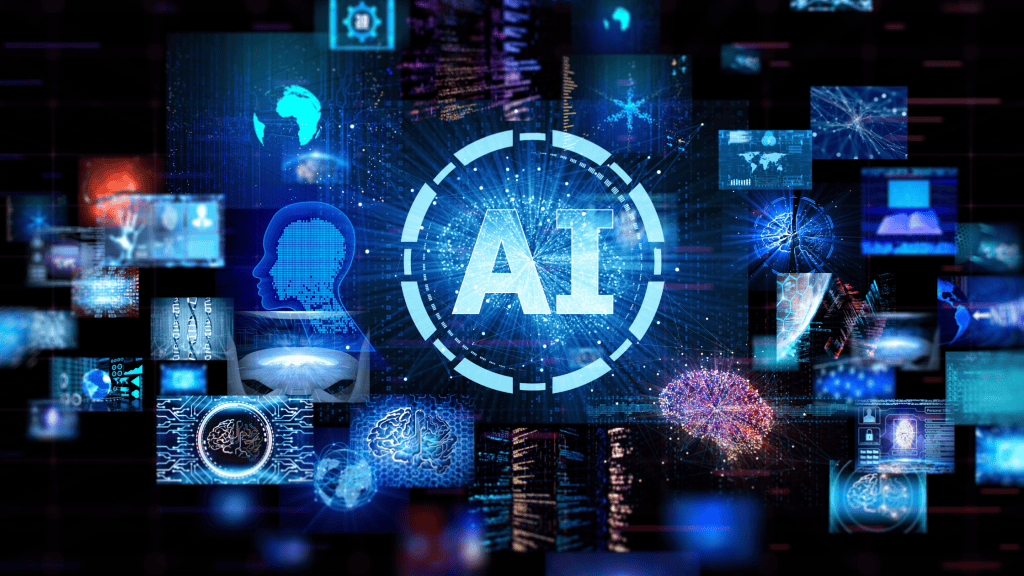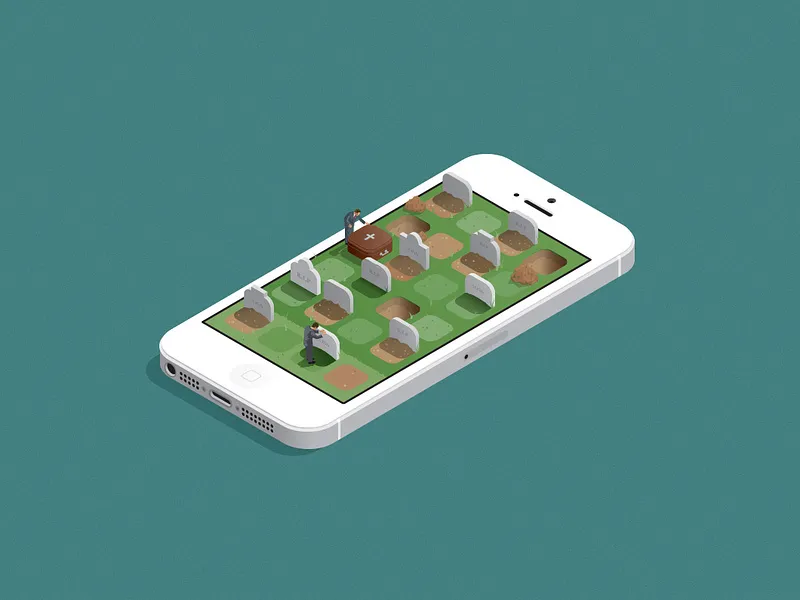AI Displacement Myth Series: AI Isn’t the Job Apocalypse

Industry Spotlight: Healthcare
AI as a Complement, Not a Replacement, and Why It Matters
Imagine this
You’re in a rural hospital with only one radiologist. Normally, breast cancer screening requires two radiologists to review each mammogram, a system designed to minimize mistakes. But in many regions, there aren’t enough specialists to go around. What happens when there’s no “second reader”?
This is where AI steps in.
The problem with the current system
The traditional “double-reading” approach is effective but time-intensive, costly, and demanding on staff, especially as radiologist shortages grow worldwide. Healthcare systems need a solution that maintains quality while reducing strain.

What the research shows
Recent studies, including a 2025 review in The Lancet Digital Health (140 studies analyzed) and the prospective Stockholm MASAI trial, tested how AI could be integrated into real-world breast cancer screening.
Key Findings:
- One Radiologist + AI vs. Two Radiologists; Cancer detection was the same or slightly better when a single radiologist was supported by AI compared to two radiologists working together.
- AI Alone: On its own, AI detected 246 cancers, performing on par with the double-reading method.
- Two Radiologists + AI: This “triple-reading” setup detected 269 cancers, outperforming the standard approach.
In short, replacing one radiologist with AI maintained or slightly improved accuracy, while reducing workload and addressing human variability.
Why this matters
Think of AI as a super-smart assistant: it doesn’t get tired, never overlooks details, and can detect subtle pixel-level patterns invisible to the human eye. Radiologists, on the other hand, provide clinical judgment, context, and patient-centered care.
Together, they are stronger.
This partnership means:
- Earlier detection. Cancers caught sooner, treatment outcomes improved.
- Reduced burnout. Radiologists spend less time double-reading and more time on complex cases.
- Global access. In regions with staff shortages, AI can act as the missing second reader.
Addressing the skepticism
Critics caution that:
- Resource gaps could leave some hospitals behind in AI adoption, with untrained staff or broken workflows.
- Cost pressures might tempt administrators to misuse AI as a budget cut, rather than redesign jobs to support collaboration.
These concerns are valid. But they highlight the need for responsible, human-centered integration, not reasons to dismiss AI outright.
The Takeaway
The evidence is clear: AI isn’t replacing radiologists, it’s empowering them.
When humans remain at the center, AI becomes a collaborative partner, streamlining routine tasks, enhancing diagnostic accuracy, and allowing healthcare professionals to focus on what matters most: saving lives.
AI isn’t the job apocalypse. It’s an opportunity to expand human capacity in meaningful ways.
Next steps for healthcare leaders
- Pilot and Measure. Test AI in real-world settings, tracking accuracy, workflow, and patient outcomes.
- Train and Support Staff. Equip radiologists and teams with the skills to use AI effectively.
- Set Standards and Policies. Ensure equity, safety, and accountability in how AI is deployed.
Bottom line: With thoughtful integration, the Stockholm study shows AI can enhance—not displace—healthcare professionals. The real power comes from humans and AI working together.
References
Artificial Intelligence in Large-scale Breast Cancer Screening (ScreenTrustCAD)





Responses